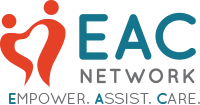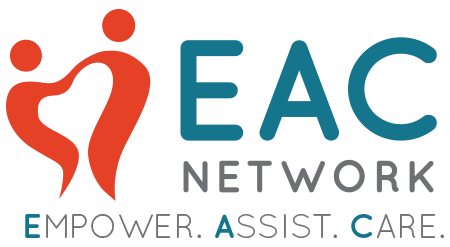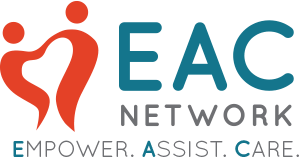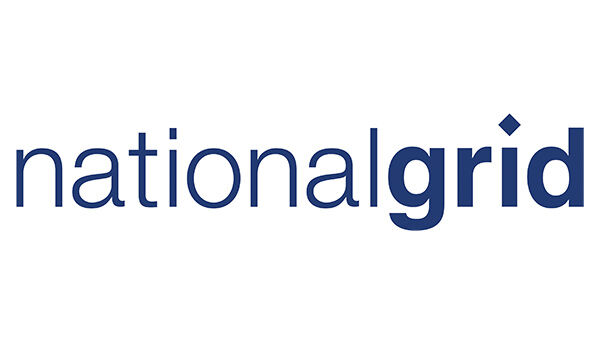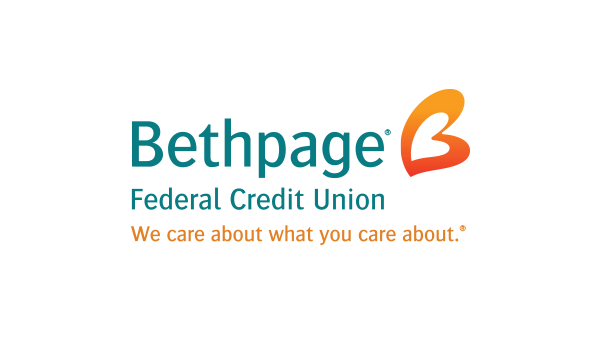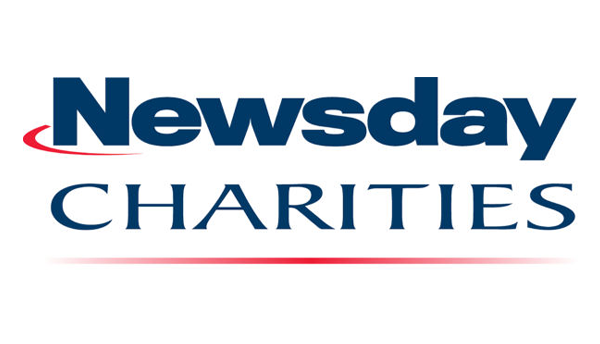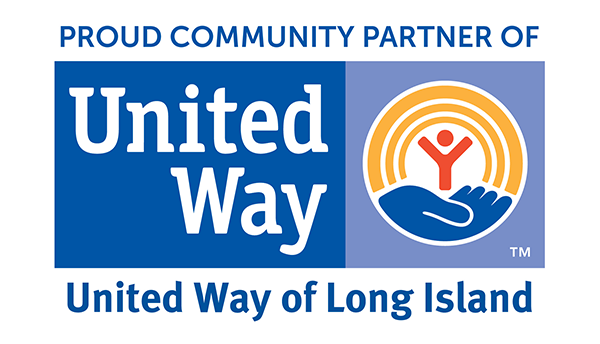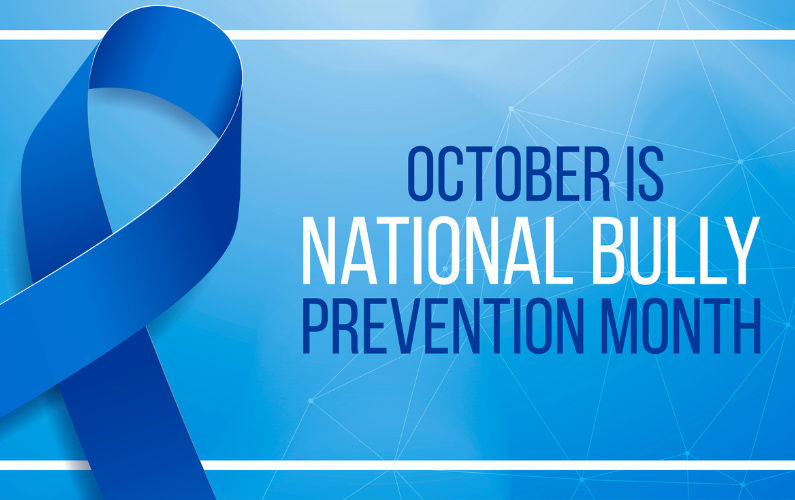
Bullying has historically been considered “just a part of growing up.” Think about that. It was so common that people viewed it as a rite of passage rather than addressing the issue and changing the mentality. This acceptance and tolerance of behavior continued from one generation to the next. We are at the point where that cycle needs to stop. National bullying prevention month is a time to educate and raise awareness on all forms of bullying.
National Bullying Prevention Month: Cyberbullying Number One Concern
Cyberbullying has been on the rise and has taken over in-person bullying as the most common form. There is a cyberbullying victimization rate of 36.5% among middle school and high school students in the United States. Unfortunately, there are many more incidents; they just don’t get reported for fear of being found out or worrying about being in trouble themselves.
There are many reasons why cyberbullying numbers have grown, but social media is the most significant contributor. 42% of kids spend 30 hours a week on their phones texting on various platforms, which naturally leads to countless interactions with their friends.
So many conversations occur in group texts with as much social anxiety attached to them as if everyone was standing around in a large group. Everyone is afraid to make a mistake, say the wrong thing, and then have everyone pounce on them.
Some Concerning Cyberbullying Statistics
Here are some eye-opening statistics that show the broad range of cyberbullying and how it impacts people. The following statistics were provided from an article written on firstsiteguide.com:
- The most common type of online bullying is mean comments 22.5%.
- 35% had shared a screenshot of someone’s status or photo to laugh at them.
- 61% of teens who report being bullied say it was because of their appearance.
- 41% of US adults who use the internet have experienced online harassment.
- 77% of online harassment victims reported that they had been harassed on Facebook.
- 7 in 10 young people experience cyberbullying before the age of 18.
Social Media and Cell Phones Make It All Too Easy

Kids can communicate with each other instantly, and they do so constantly. Unfortunately, they have also become desensitized due to their exposure and access to the internet. They don’t necessarily realize the impact of their words. Even though they were just one of the many voices in a group text, their words were just as powerful as the rest.
In the past, it was on a smaller scale if you were the victim of bullying. Fewer people would know about it, and you could overcome and move on much easier than today. Now the potential for a mean tweet or a shared screenshot being passed around is endless and forever.
We All Play a Part in the Solution
National bullying prevention month reminds us that whether you are a parent, coach, or teacher, you help to guide and set a tone for kids daily. Help them to understand what bullying is and how it can affect someone. Remind them of how serious it can get for some if left unaddressed. Create a new culture of intolerance for bullying with known consequences for students that engage in it.
It starts with teaching the children how they should behave, and it ends with adults modeling that behavior. Become a mentor and help to guide kids through difficult situations. We all need to be part of the solution and realize the impact of our words.
Reach out to EAC Network for any questions, and we will put you in contact with someone that can help.
